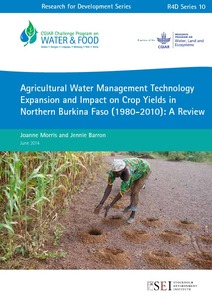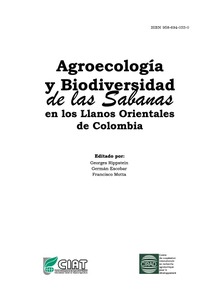Adapter les approches de l’amenagement durable des forets seches aux aptitudes sociales, economiques et technologiques en Afrique: le cas du Burkina Faso
Au Burkina Faso, l’aménagement des forêts naturelles a pour principaux objectifs l’exploitation du bois de feu et du pâturage. Il concerne également des activités secondaires tels que la chasse et le développement du tourisme de vision. Ces activités se concentrent principalement dans les régions de l’Ouest, du Sud et de l’Est dont les ressources forestières sont encore relativement abondantes. L’objectif de cette étude est de faire une analyse critique sur les approches et les technologies existantes sur l’aménagement des forêts naturelles.







